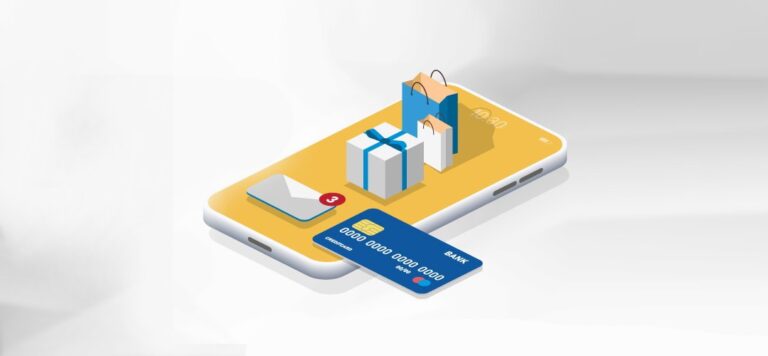Launching a mobile app is a challenging but valuable tactic for many businesses, but teams that are unaccustomed to the app market may be caught off-guard by the many unanticipated costs associated with creating and operating an app. In order to make your app part of your overall strategy, it is important to understand the various requirements to get it up and running. Reviewing these costs will allow you to either factor these costs into your budget in advance or find ways to avoid unnecessary spending.
The primary cost of an app is development, and the bulk of an app’s budget will go to the app developers who will create and maintain an app. This can vary widely based on the complexity and unique features of the app, and can cost tens of thousands of dollars. For businesses looking for a solution that can get their app active quickly and easily, using an app builder can sharply reduce development costs while still providing a variety of features and customization that all kinds of businesses can use effectively.
App Store Listings
In order for customers to run your app on their devices, they will need to be available on the app stores for their platforms. Listing an app on both the iOS App Store and the Google Play Store will make it available to both Apple and Android users, covering the vast majority of the mobile user market. While Android devices have a 70% market share worldwide, this varies based on country, with the U.S. having over 60% iOS users. Furthermore, Apple users account for twice as much app store sales. Overall, supporting both platforms is advisable to satisfy your customers., but the costs of doing so should be accounted for. Google Play’s app store fee is $25, paid once, but Apple’s App Store charges $99 yearly. Connecting to your audience may be worth this price, but if you are able to launch the app on the developer’s account instead, the fee can be avoided.
Domain and Server costs:
Many types of apps require a web domain in order to serve their customers. Check with the app developer to learn what requirements your app will have and factor these ongoing costs into the app’s budget. The app will need a domain name and server hosting as long as it remains operational. These can be set up easily and paid as annual subscriptions to make sure they do not lapse, or else the app’s functionality will be interrupted. Domain names can be registered for around $10 per year. Additionally, getting a SSL certificate will secure the domain and is required for sending iOS push notifications, so it is highly recommended. Hosting is vital to using the domain, and can be purchased from various hosting companies for as little as $40 per month.
Payment Gateways:
A number of different digital payment options are out there, and just like credit card processors, they allow the customer to pay easily while taking a processing fee from payment going to the seller. Options include FirstData, PayPal, PayU, CCAvenue, Citrus, Bank Wire, and Authorize.Net. PayPal’s cut of a digital payment to a business is 2.9% plus $0.30 in the U.S, and 4.4% internationally. You should be aware of these fees, but ultimately it is better to support multiple payment gateways rather than focusing on one, as the difference in fees is less significant than the ability to make purchases convenient for all customers.








Great Article!
Great Article! Informative article!
Great Article! Informative article!